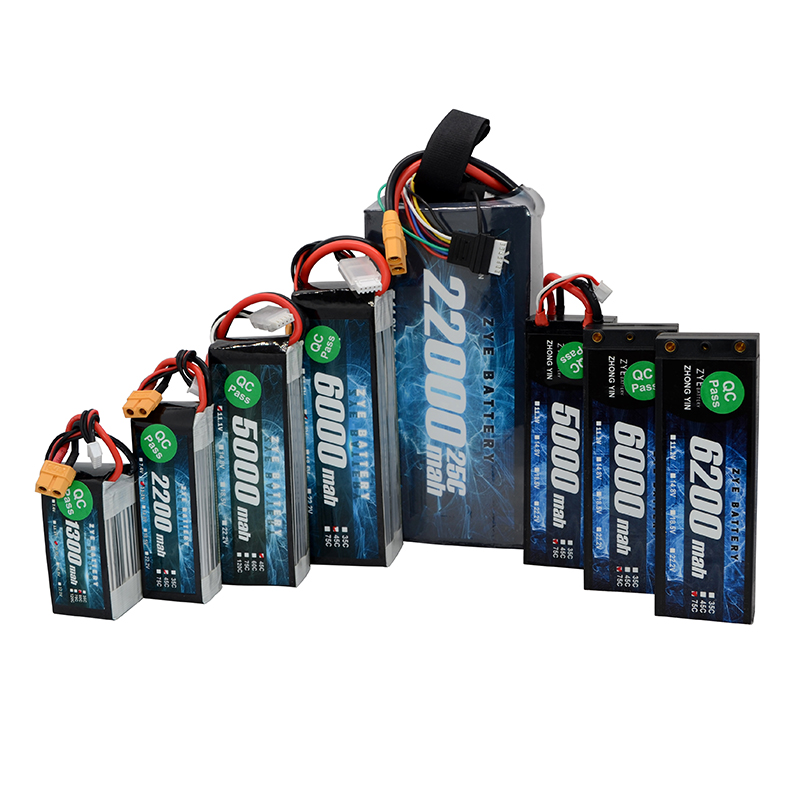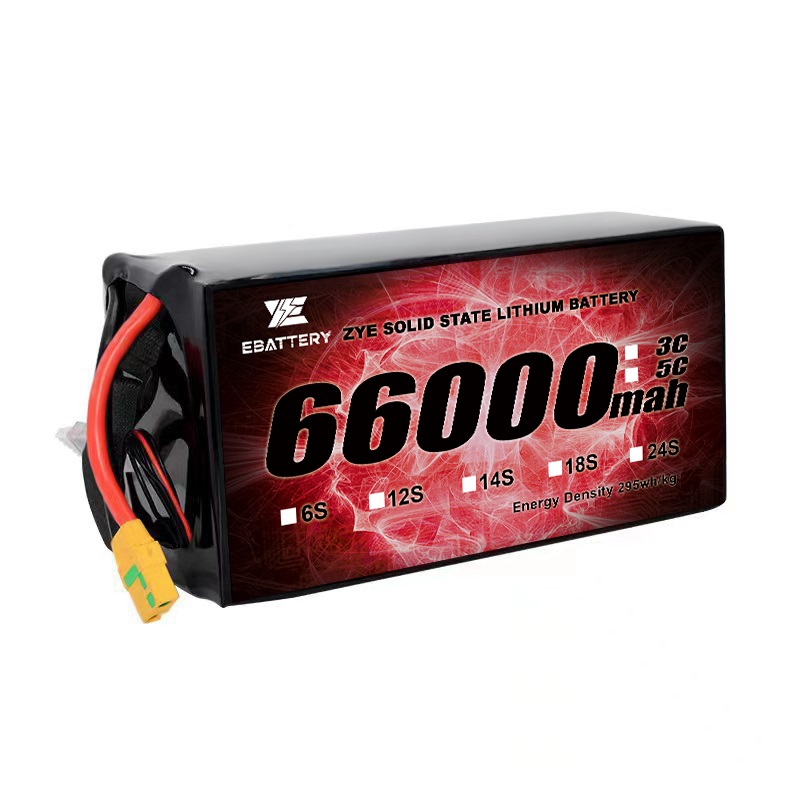What Are the Key Components of a Semi Solid State Battery?
2025-07-22
Understanding the key components of a semi-solid-state-battery is essential for grasping how these advanced energy storage devices function. Each element plays a crucial role in the battery's performance, safety, and longevity. Let's examine the primary components that make up a solid state battery system:
1. Cathode
The cathode is the positive electrode of the battery. In semi solid state batteries, the cathode material is typically a lithium-based compound, such as lithium cobalt oxide (LiCoO2), lithium iron phosphate (LiFePO4), or nickel-manganese-cobalt (NMC) compounds.
The choice of cathode material significantly influences the battery's energy density, voltage, and overall performance.
2. Anode
The anode serves as the negative electrode. In many semi solid state batteries, graphite remains a common anode material, similar to traditional lithium-ion batteries. However, some designs incorporate silicon or lithium metal anodes to achieve higher energy densities. The anode material plays a crucial role in determining the battery's capacity and charging characteristics.
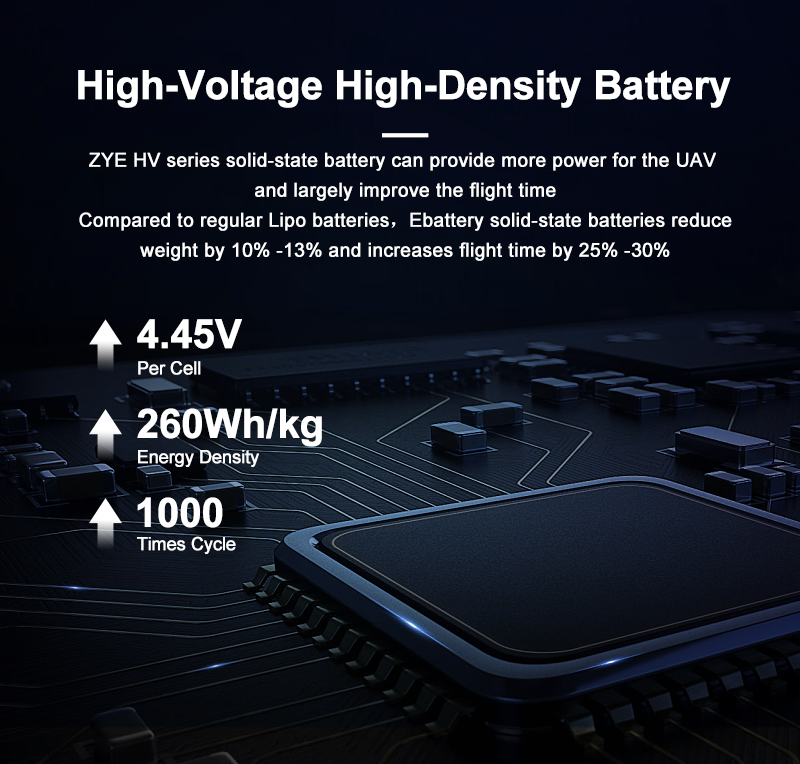
3. Semi-Solid Electrolyte
The semi-solid electrolyte is the defining feature of these batteries. It typically consists of a polymer matrix infused with a liquid electrolyte or a gel-like substance. This hybrid electrolyte allows for efficient ion transport while providing improved safety compared to purely liquid electrolytes.
Common materials used in semi-solid electrolytes include:
- Polyethylene oxide (PEO) based polymers
- Polyvinylidene fluoride (PVDF) based gels
- Composite polymer electrolytes with ceramic fillers
The semi-solid electrolyte's composition is carefully engineered to balance ion conductivity, mechanical stability, and safety.
4. Current Collectors
Current collectors are thin metal foils that facilitate the flow of electrons to and from the electrodes. They are typically made of copper for the anode and aluminum for the cathode. These components ensure efficient electrical contact between the electrodes and the external circuit.
5. Separator
While the semi-solid electrolyte provides some separation between the cathode and anode, many designs still incorporate a thin, porous separator. This component adds an extra layer of protection against short circuits by preventing direct contact between the electrodes while still allowing ion flow.
6. Packaging
The battery components are enclosed in a protective casing, which can be made of various materials depending on the application. For pouch cells, a multi-layer polymer film is often used, while cylindrical or prismatic cells may use metal casings. The packaging protects the internal components from environmental factors and contains any potential swelling or expansion during operation.
7. Battery Management System (BMS)
While not a physical component of the battery cell itself, a battery management system is crucial for the safe and efficient operation of semi solid state batteries. The BMS monitors and controls various parameters such as:
- Voltage
- Current
- Temperature
- State of charge
- State of health
By carefully managing these factors, the BMS ensures optimal performance, longevity, and safety of the battery pack.
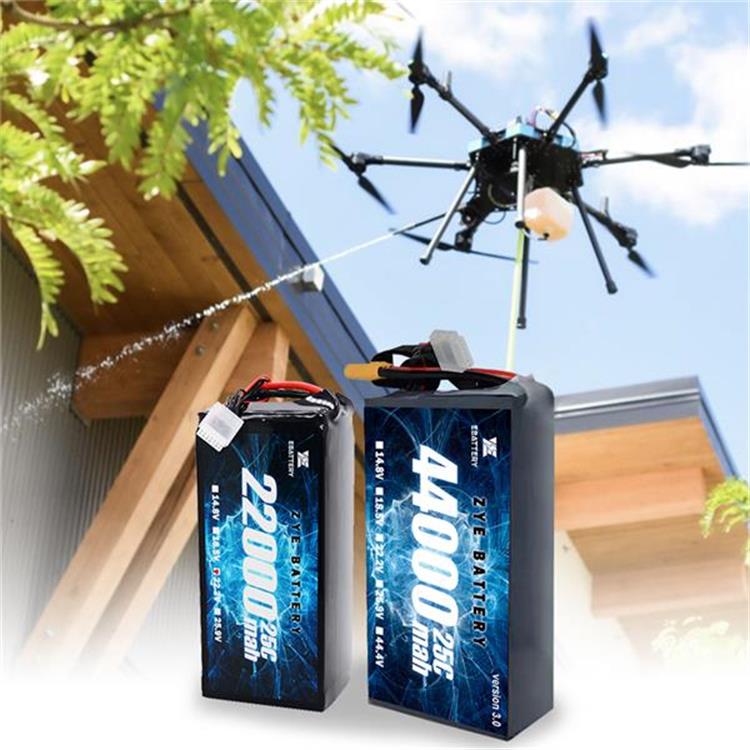
The interplay between these components determines the overall characteristics of the semi-solid-state-battery. Researchers and manufacturers continue to refine and optimize each element to push the boundaries of what's possible in energy storage technology.
As the demand for more efficient and safer energy storage solutions grows, semi solid state batteries are poised to play a significant role in various applications. From powering electric vehicles to supporting renewable energy systems, these advanced batteries offer a compelling balance of performance, safety, and practicality.
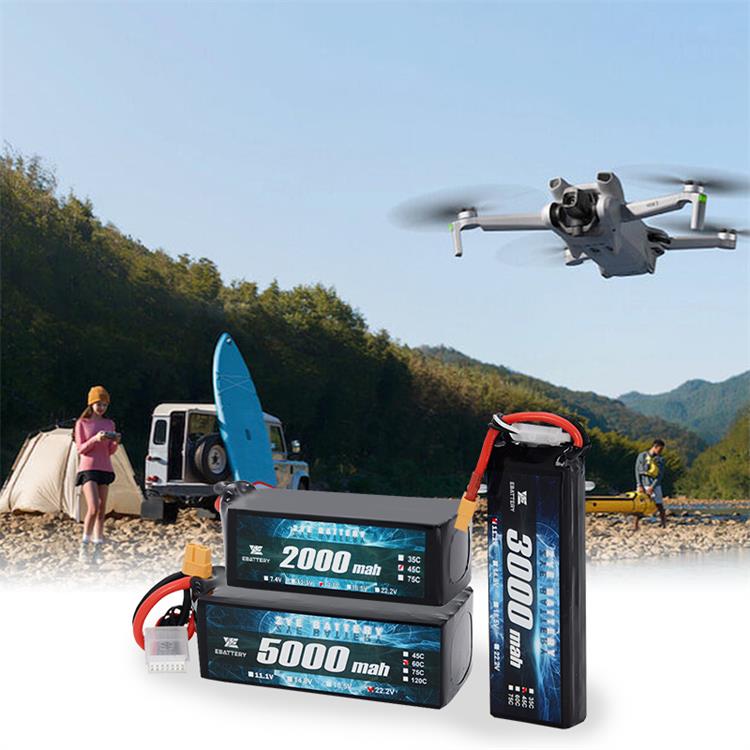
The ongoing development of semi-solid-state-battery technology is opening up new possibilities in energy storage, paving the way for more sustainable and efficient power solutions across multiple industries. As research progresses, we can expect to see further improvements in energy density, charging speeds, and overall battery performance.
Are you interested in learning more about solid state battery high energy solutions and their potential applications? We'd love to hear from you! Reach out to us at coco@zyepower.com to discuss how solid state battery technology could benefit your projects or applications.























































